VAP Series
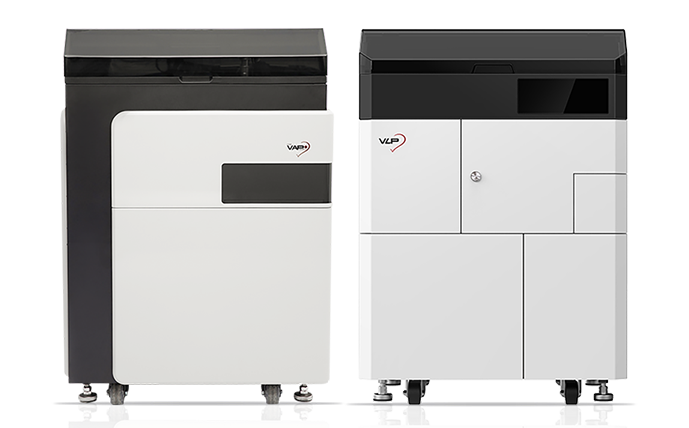
Advanced Analyzers and reagents for hidden cardiovascular risks
The Development History of VAP Technological
1981
The first-generation VAP technology was developed at the University of Alabama at Birmingham. It was originally intended for research use only and was not applicable to clinical diagnostics at the time.
1994
The emergence of second-generation VAP technology brought significant improvements in resolution and sensitivity, laying a solid foundation for its commercialization.
1995
The VAP Diagnostic Laboratory, a clinical reference lab focused on cardio-metabolic testing, delivers accurate diagnostic and consultative services to U.S. patients through proprietary technology.
2013
Building on second-generation VAP technology, the VAP Diagnostic Laboratory launched next-generation lipid testing with the introduction of VLP (Vertical Lipoprotein Particle) technology. This breakthrough enabled the direct measurement of lipoprotein particle concentrations, marking a significant milestone in subfraction lipid analysis and establishing it as the most accurate and comprehensive lipid test in the world.
2016
MedicalSystem holds the patent rights to VAP technology and leads the development and localization of lipoprotein subfraction testing in China. As the first to introduce VAP technology domestically, the company has opened a new chapter in its application to the global market.
2019
The VAP lipoprotein subfraction testing technology has successfully obtained domestic regulatory approval, making it the only certified solution in China with both approved instruments and reagents for lipoprotein subfraction analysis.
2025
MedicalSystem will continue to promote VAP precision lipid testing technology globally, with a commitment to advancing human health management for the future.
Blood Lipid Subfractions Testing Total Solution
VAP lipid subfraction analysis reveals additional residual risks for cardiovascular and cerebrovascular diseases.
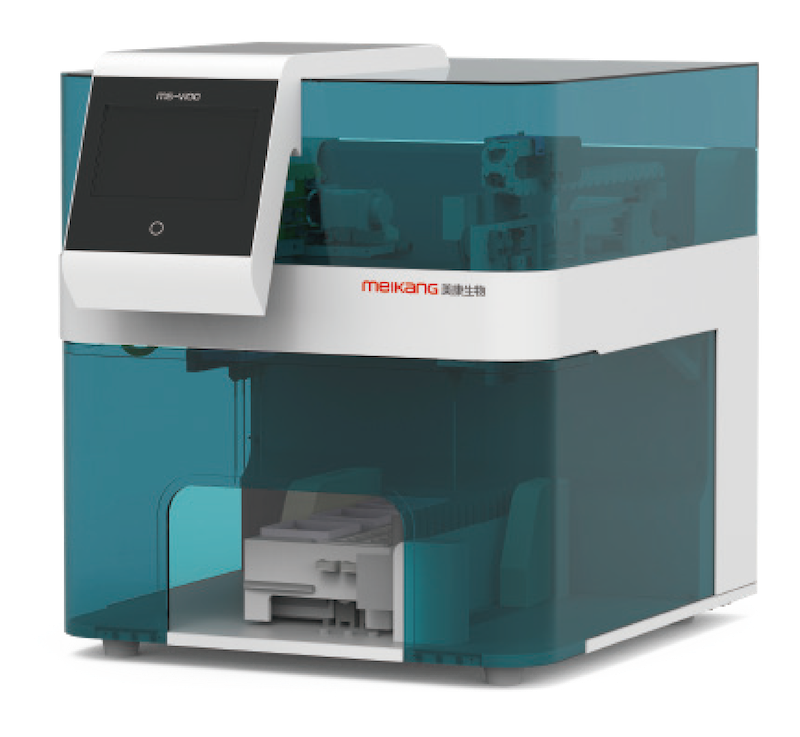
VAP Automated Sample Pre-processing System
MS-V100
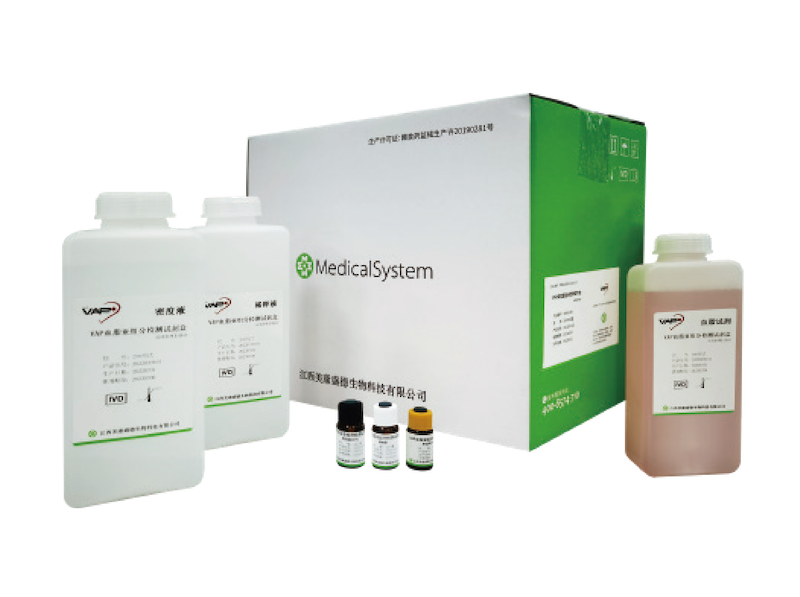
VAP Lipid Subfraction and
Lipid Particle Testing Kit
Chemistry
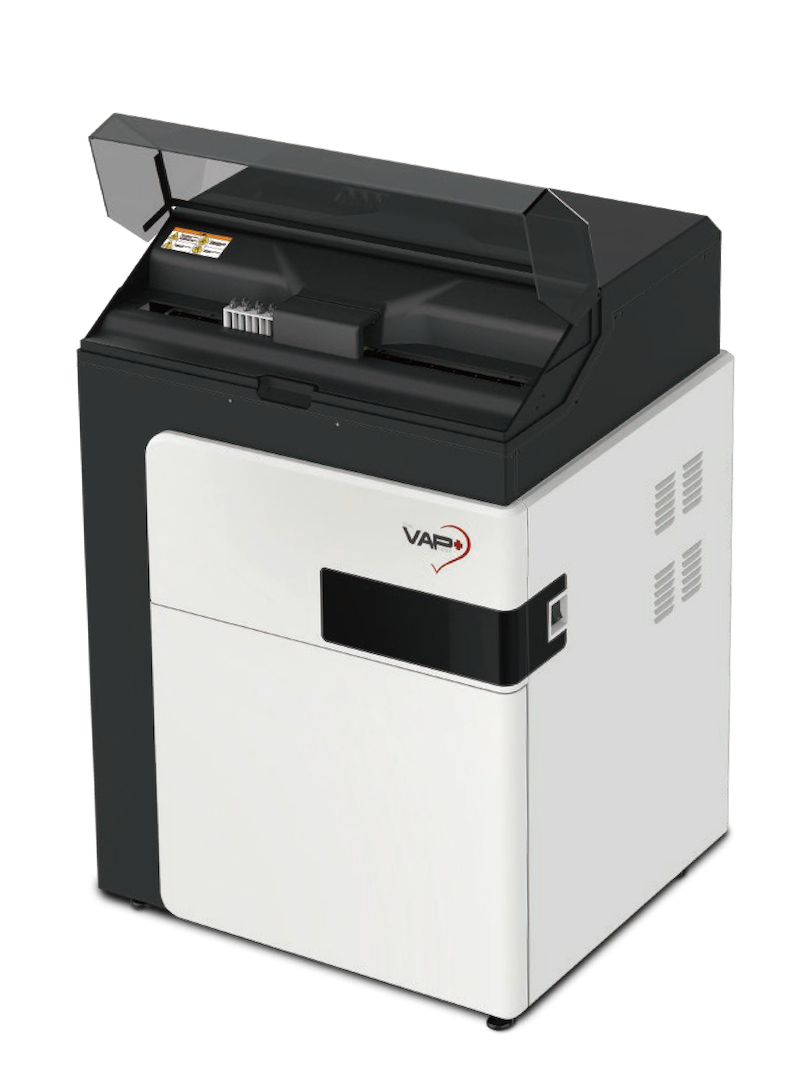
VAP Blood Lipid
Subfraction Analyzer
MS-V600
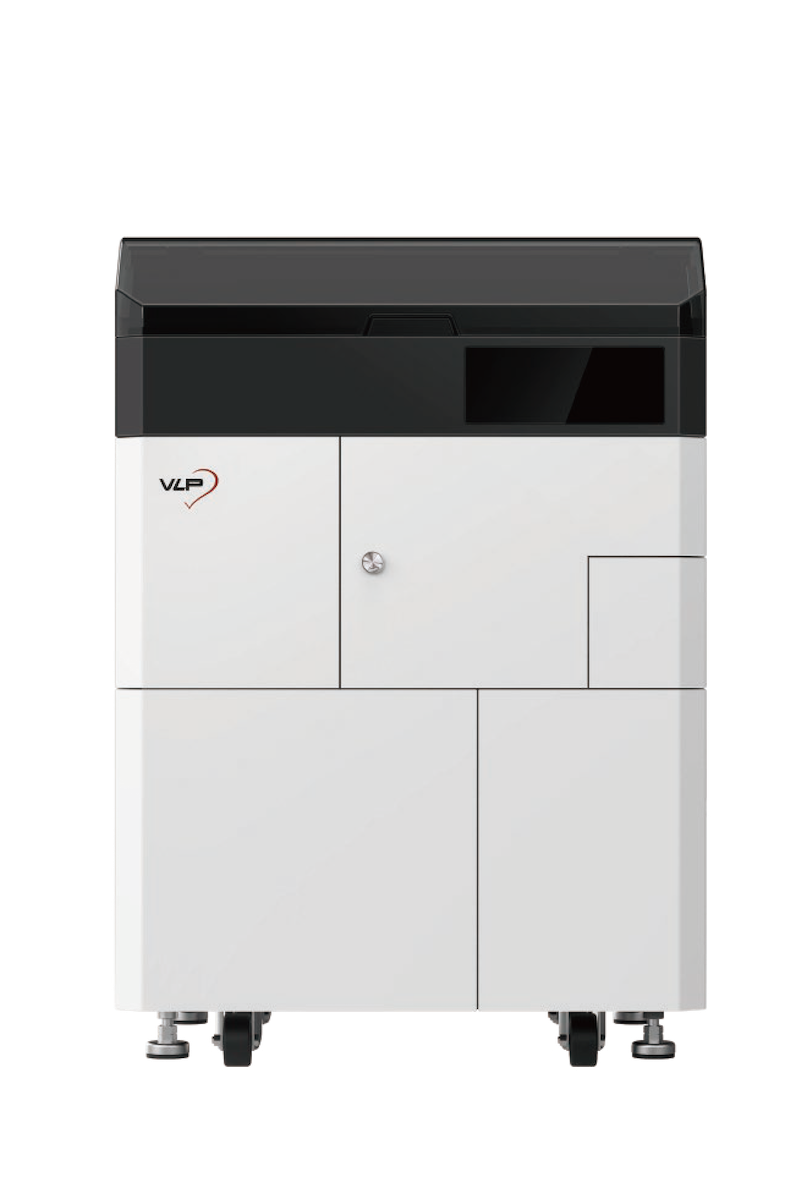
Blood Lipid Particle Analyzer
MS-V800
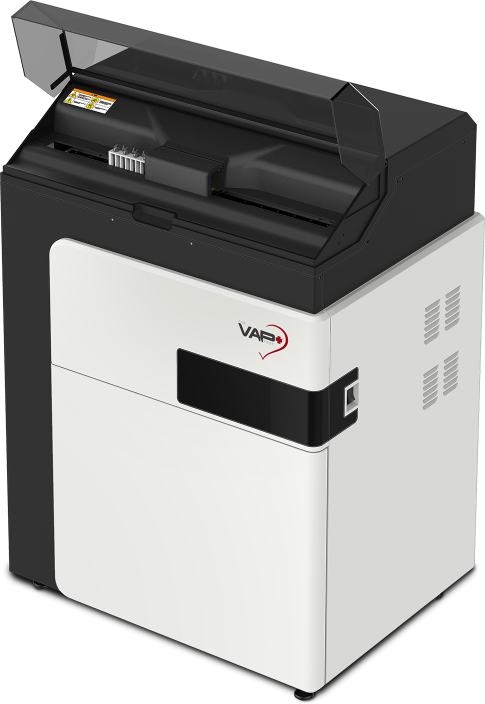
MS-V600
VAP Blood Lipid Subfraction Analyzer
MS-V800
Blood lipid particles detector
MS-V100
VAP Automated Sample Pre-processing System

Feature
Blood Lipid Subfraction Panle

Sample Type
Plasma, serum

Testing Principle
Separate phase direct detection
View Details
The effect of low density lipoprotein (LDL-P) was better than that of controlling LDL-C
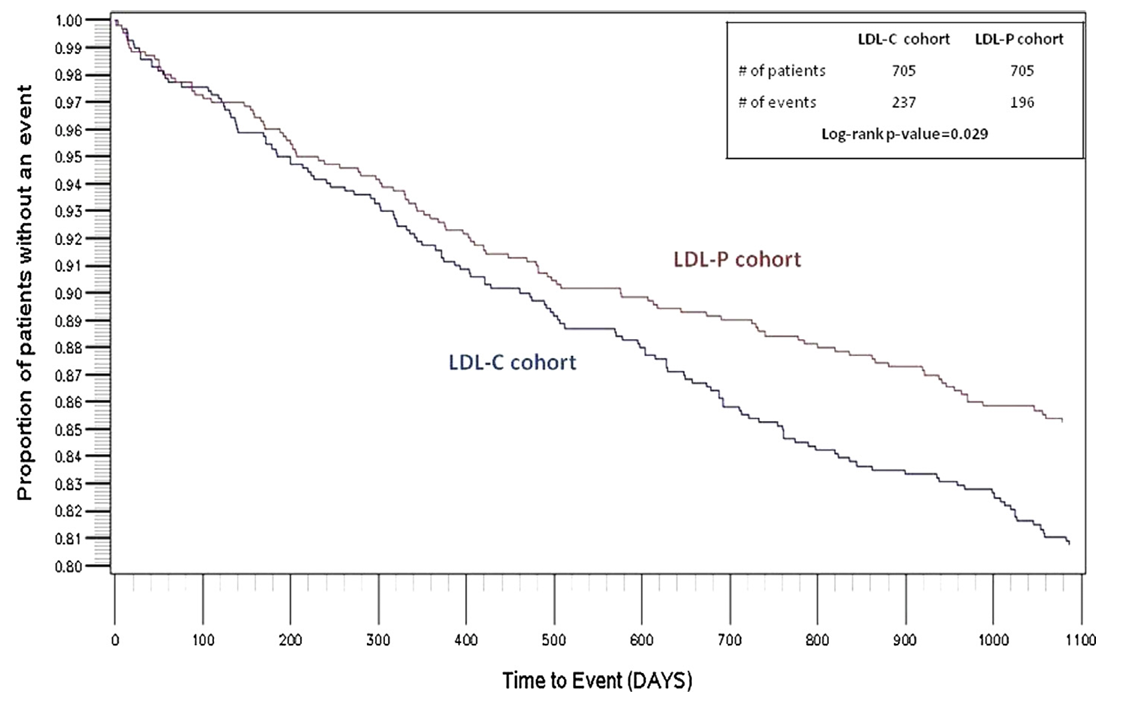
The population with LDL-P as the target of lipid control can reduce more ASCVD events than the population with LDL-C as the target of lipid control.
Toth, PP., Grabner, M, Punekar. Cardiovascular nisk in patients achiewing low-density lpoprotein cholesterol and paridle targets. Atheroscerosis 2014, 235 : 585-591
The effect of reaching the standard of lipoprotein residue (RLP) was better than that of controlling LDL-C
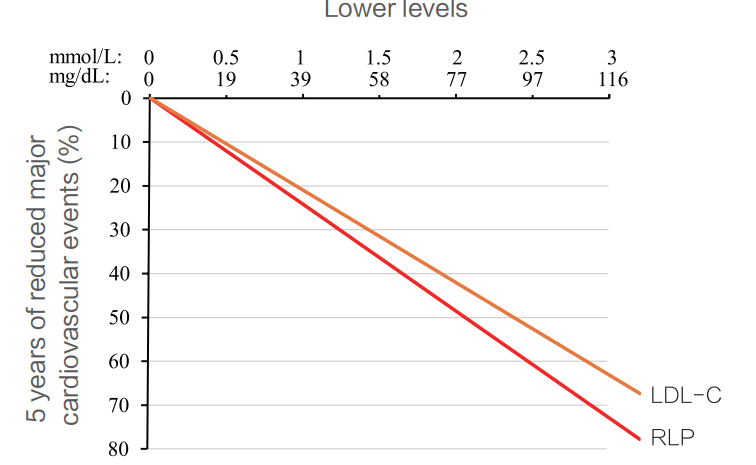
The control of lipoprotein residue (RLP) can reduce the occurrence of more major adverse cardiovascular events compared with the control of LDL-C.
A Langsted, CM Madsen, BG Nordestgaard. Contribution ofremnant cholesterol to cardovascular riskdoumnal of intemal Medicine, 2020,288; 116-127
Redefining Lipid Testing with Comprehensive Profiling

Comprehensive Testing
One-stop blood lipids analysis

Global Exclusive Patent
Over 20 Years of Technological Accumulation in the U.S

Early Assessment
Earlier Warning of Cardiovascular and Cerebrovascular Risks

Accuracy & Reliability
Precisely identifying the lipid drivers of atherosclerosis to guide evidence

